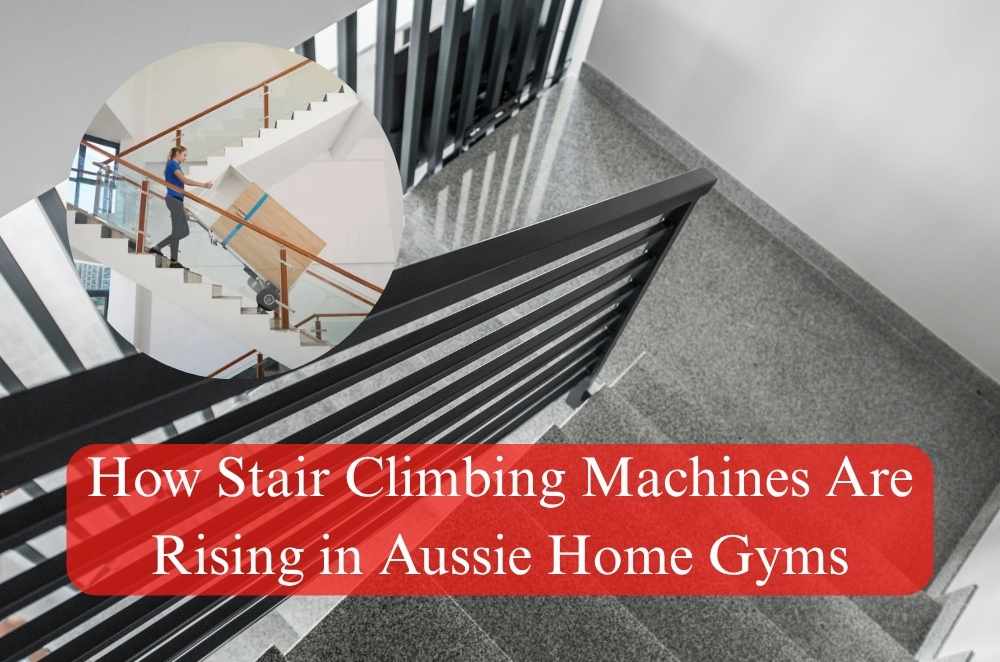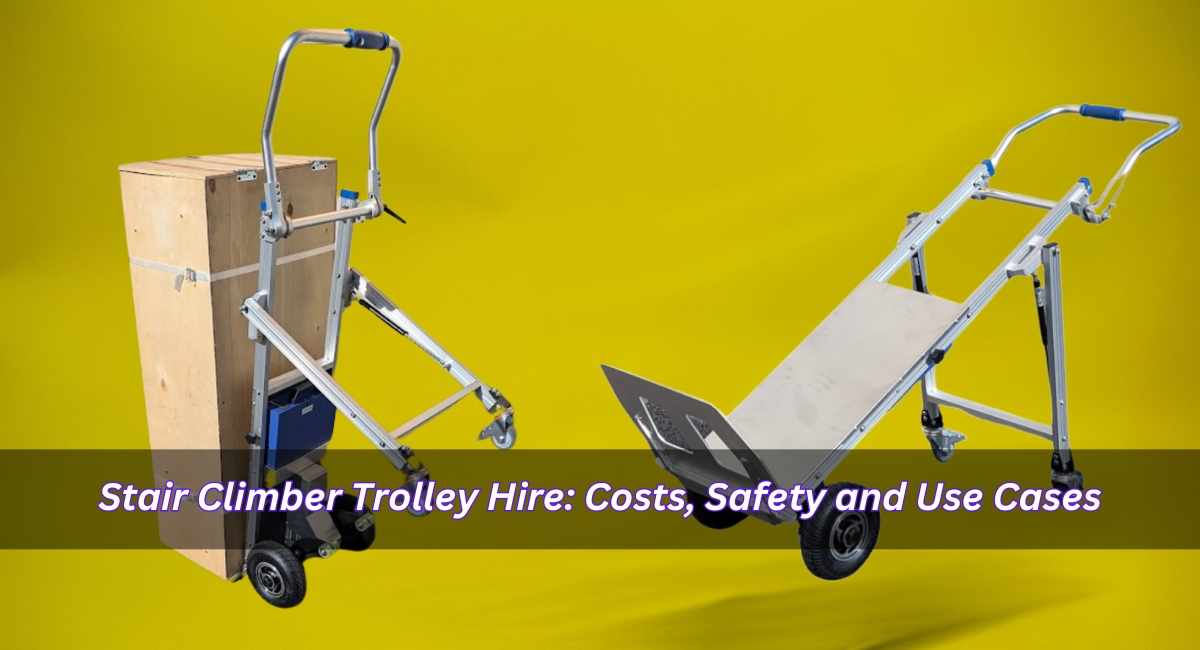
A few years back, most people I knew who exercised at home stuck to a yoga mat, a few free weights, and maybe a treadmill if space allowed. Fast forward to today, and the landscape’s changed. One machine you wouldn’t have seen back then—but is now cropping up more often—is the stair climbing machine. It’s not flashy, it doesn’t come with screens shouting at you, and yet it’s quietly becoming one of the most valued pieces of gear in Australian home gyms. The reason? It targets strength and cardio in one hit, while also simulating something we do every day—climbing stairs.
Why stair climbing is a natural fit for home fitness
Climbing stairs doesn’t need to be taught. It’s something we all learn early in life, and the motion is hard-wired into our bodies. But anyone who’s sprinted up two flights knows—it’s deceptively intense.
Here’s why it makes sense in a home setting:
Low skill requirement: Easy to use for beginners and athletes alike
High calorie burn: Engages major muscle groups and cardiovascular systems
Small footprint: Many stair climbers are compact enough for flats or garages
Improves joint strength: Encourages range of motion in hips and knees
I added one to my home gym during lockdown—mainly to break up the monotony of my rowing machine. What surprised me most wasn’t how quickly it spiked my heart rate, but how much it challenged my glutes and calves without pounding my knees.
Features that matter when choosing a stair climber
Not all stair climbing machines are created equal. Some mimic escalators, others use hydraulic steps or pedal resistance. If you're considering adding one to your setup, it's worth knowing what to look for.
Key features to weigh up:
Step type: Rotating stairs vs. independent pedals
Resistance levels: Adjustable options allow for progression
Stability: A strong frame reduces noise and wobble during intense sessions
Digital metrics: Heart rate, floors climbed, and intervals can be helpful
Size: Compact options are ideal for shared spaces or apartments
It’s worth trying a few machines in a retail setting if possible. What feels smooth for one user might feel awkward to another, especially if you’re taller, have past injuries, or need specific grip placements.
From manual lifting to ergonomic movement
Beyond fitness, there’s a bigger conversation happening around the benefits of stair climbers in everyday life. As we become more aware of how certain repetitive tasks strain the body, even health authorities are getting involved. Australia’s SafeWork NSW, for instance, outlines various concerns tied to hazardous manual tasks—repetitive lifting, awkward postures, and strain-based injuries being key among them.
Regular stair climbing engages muscles that support everyday mobility. For people with sedentary work lives, it’s a way to offset prolonged sitting without adding jarring impact to joints. And for older adults or those in rehab? It’s a functional way to train balance and coordination.
It’s not about replacing physiotherapy or occupational movement—it’s about supporting it.
How electric stair climbers are changing the narrative
It’s one thing to talk about home fitness. It’s another thing to talk about electric stair climbers as mobility aids and tools for lifting. While home users might be more focused on cardio and strength, the underlying technology is proving useful far beyond gym walls.
Some models now blend fitness with lifting support, offering mobility solutions for people navigating stairs with limited movement or transporting items between levels. This crossover into assistive technology is helping stair climbers move from “niche gym equipment” into the realm of everyday utility.
It’s not hard to imagine homes that integrate stair climbers into hallway corners, next to bookcases, or near backyard steps—not just as fitness tools, but as accessible alternatives to traditional lifting aids.
What real users are saying
I’ve heard more than once that the stair climbing machine is the piece of equipment people didn’t expect to love, but ended up using the most. Maybe it’s the simplicity, or the way it delivers a complete workout in a short time.
Here are a few sentiments I’ve come across from home users:
“I thought I’d miss the treadmill—but this is way tougher and quieter.”
“I like that it doesn’t take up half my living room.”
“It’s helped my knees, weirdly enough—I’m moving more freely upstairs now.”
“I use it while watching TV—10 minutes turns into 30 without trying.”
And from my own experience? It became the one machine I use every week without dreading it. That says a lot.
Barriers to entry—and how they’re being addressed
While stair climbers offer plenty of value, they’re not always the first machine people buy. Some common barriers include price, space, and the perception that they’re “too intense.”
Here’s how those challenges are being addressed:
Compact designs: More brands are offering foldable or narrow-base models
Noise control: Newer machines operate more quietly—ideal for shared homes
Custom resistance: Adjustable features let users scale workouts gradually
Better availability: They’re no longer limited to big box gyms or rehab clinics
As tech improves, pricing has also started to shift. Models that were once only in commercial gyms are now becoming accessible to motivated home users. More importantly, the variety in designs means you're not locked into one bulky standard.
A subtle shift with lasting impact
Stair climbing machines might not have the flash of a rowing erg or the status of a multi-function cable unit, but their influence is growing. In a fitness culture often driven by short-term trends, their quiet practicality is what sets them apart.
You can see the shift happening in how Aussies are building their home gyms: smaller spaces, smarter layouts, and more purposeful equipment. In that mix, the stair climber earns its place—not by trying to do everything, but by doing one thing very well.
For anyone tired of noisy treadmills, achy joints, or gear that gathers dust, this machine offers a solid return on space and effort. And when a workout tool blends into daily life so well you forget it’s even “exercise,” you’re probably onto something worth keeping around.









Write a comment ...